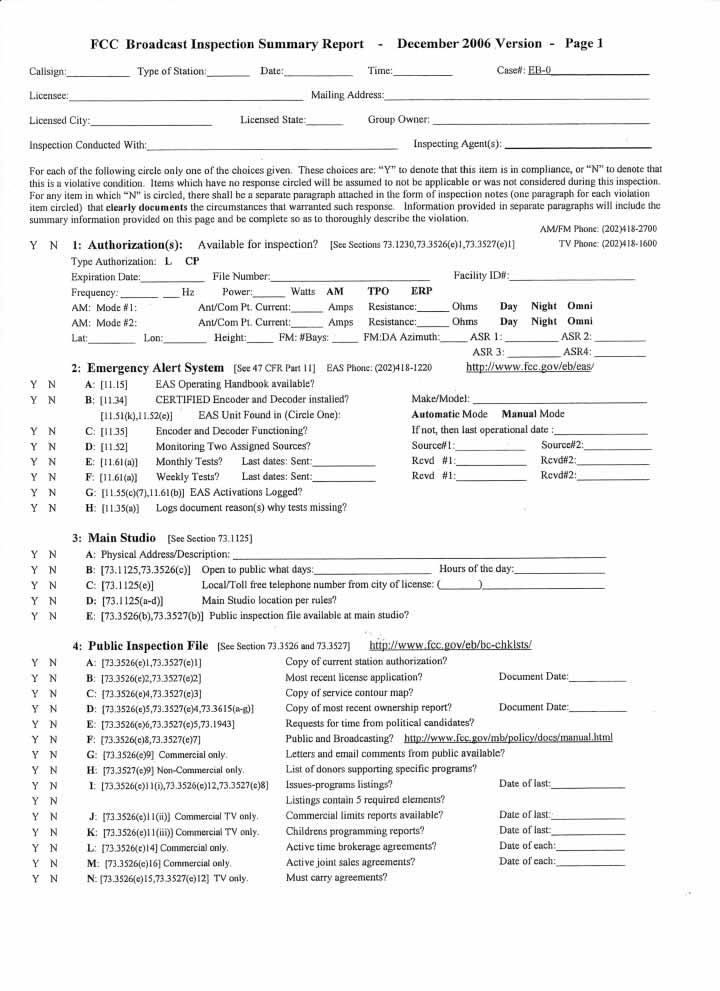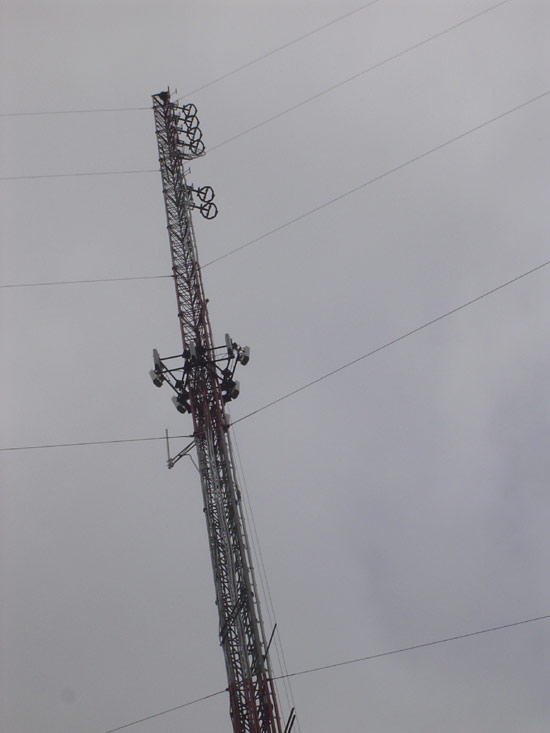If I had to pick between allowing HD RadioTM a 6 dB increase or removing the third adjacent protection for LPFM stations, I’d choose LPFM.
In tests performed by NPR, Ibiquity’s In Band On Channel (IBOC) digital radio scheme created significant interference to the first adjacent channel when running with 6% of the analog carrier power (-14 dB referenced to carrier) vs. the 1% (-20 dB referenced to carrier) currently allowed. The NAB would like to see -10 dB referenced to the carrier or 10% of the analog carrier power.
Remember Bill Clinton’s sign during his first election, something about the economy, stupid. In this case, it’s the Bandwidth, Stupid. In the US and Canada, FM stations are allowed 200 kHz of spectrum to transmit their analog signals. Analog signals include main channel mono (left plus right), and sub channels for stereo pilot (19 kHz) stereo matrix (left minus right), RDS (57 kHz), and any subcarriers in the 67-92 kHz range.
HD RadioTM radio requires 400 kHz of spectrum to transmit its digital carriers. Here come those laws of nature again, you can’t fit 400 kHz bandwidth into 200 kHz of spectrum.
Ibiquity decided to try it anyway, contravening the FCC’s rules about FM broadcasting bandwidth channels which had been in place since the advent of FM broadcasting in the early 1940s. What they attempted to do was make the power level on the adjacent channel so low that most analog radios would not have a problem with it while there was a strong signal from another station present. (hey buddy, how about a little of this new thing called crack?) This is known as the capture effect.
Now, Ibiquity created this whole thing to make some money. Nothing wrong with that, this is a market economy after all. They marketed the hell out of HD RadioTM radio, I saw them at various trade shows, they had full-page advertisements in all the trade magazines, they hit the phones, it was a full-court press (it’ll make you really cool, you’ll be able to do things you can do now and you’ll feel really good). They would even reduce or waive the license fee (here, just take a little rock, try it, on me, you’ll see).
So they were able to sell a very expensive system that has significant coverage issues because of the low power levels needed to satisfy the FCC’s concerns about adjacent channel interference. The NAB and many of the big radio groups bought in to it (gotcha, crackhead, you’re mine now).
Now, of course, those that bought into HD RadioTM radio want their investment to work, (which it doesn’t right now) so all the talk of power increases and hey, lets just disregard that pesky interference issue. If you ignore it, eventually it will go away (along with the entire FM band).
The problems with HD RadioTM radio are:
- Inadequate building penetration at the current power level (1% of carrier power)
- Bandwidth that exceeds current channel assignments on both AM and FM frequencies.
- The proprietary nature of HD RadioTM’s CODECs and licensing for second channels give Ibiquity too large a role in saying how radio is broadcast in the US. Remember, radio station licenses are granted in the public interest, the owners are trustees of the public
- Complete lack of public awareness.
- It doesn’t really improve anything anyway.
By the way, shame on NPR (again) for their corporate stance contrary to maintaining good quality radio and serving the public interest.
Compared to that, LPFM is a very minor thing. As I said before, removing the third adjacent protection will raise the noise floor in the FM band and by default cause more interference. However, I’ll take a little more interference created by community radio stations over the complete rack and ruin of the FM band.



